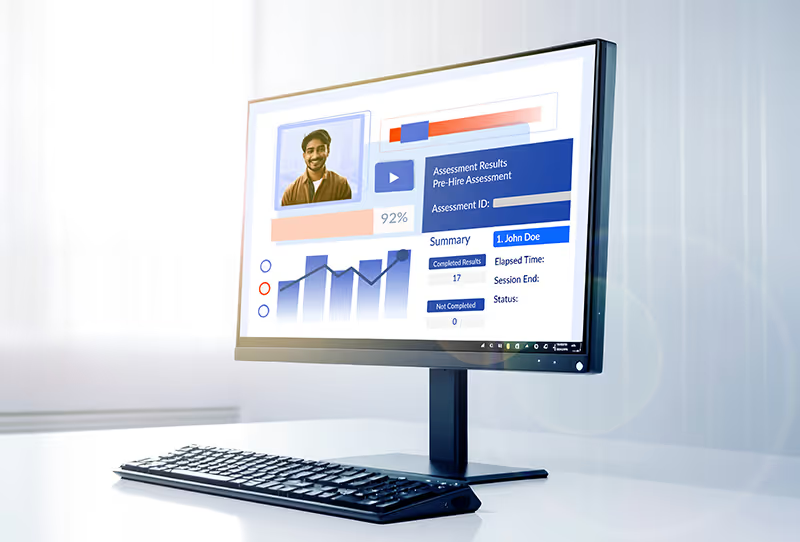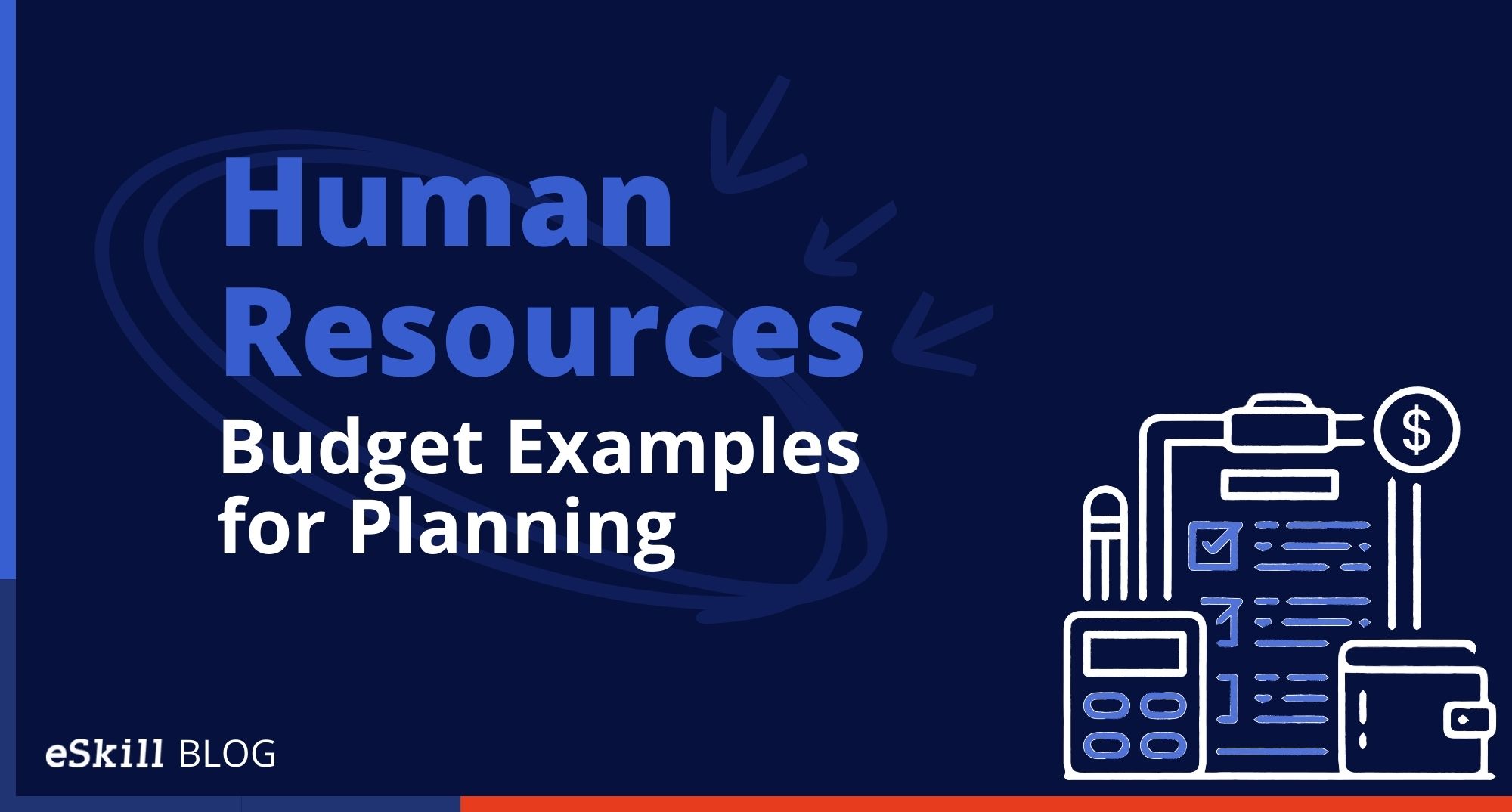The typical 8-hour workday—that 9 to 5 schedule we’re all so familiar with—has changed a lot in the past couple of decades. While most people recognize 8 hours as the norm, many work a lot more than that every day. In some industries, working 8 hours a day is considered slacking. Some companies expect employees to put in 10+ hours in the office each day! The question that comes to mind is this: do more hours mean higher output and increased productivity, or could they have the opposite effect on your workforce? Is allowing employees to have more flexible schedules, like coming in to the office later to avoid rush hour traffic or taking a longer lunch break to run errands, hurting or helping productivity?
To answer this question we should first explore where the concept of an 8-hour workday came from. It was actually Henry Ford who first implemented the 8-hour workday in his factories at the turn of the 20th century, in order to maximize quality output. In fact, the norm before Ford set the new standard was a 10-16 hour workday, but he realized that this was an unsustainable schedule for workers and decided to shorten their work days to increase overall productivity.
Although Ford reduced the number of work hours, it’s important to recognize who the standard was established for, and to consider whether they even apply to workers today. After all, this standard was set almost 100 years ago for factory workers who worked at assembly lines. Although these jobs exist today, there are many other industries that have held on to the strict 8-hour workday—or even longer work days—although they have a very different type of work and worker than the factories of the early 1900s did.
Researchers have shown that workers in certain knowledge and creative industries—such as software developers, graphic designers, writers, and teachers—only have about 6 productive hours in them per day. In fact, most people operate best on a cyclical pattern, with peaks of productivity that last about 90 minutes followed by a decrease in focus.
Sweden is actually putting this theory to the test, according to a recent Huffington Post article, by having half of the municipal staff in Gothenburg work the regular 8 hours a day, and the other half work 6 hours a day. The idea is to prove that working more productively in fewer hours will help boost efficiency, while making employees feel better physically and mentally.
Allowing employees to take longer lunch breaks or several short breaks throughout the day, or to work a different schedule than the typical 9 to 5, could lead to increased productivity. Here are some of the benefits of allowing employees to have a more flexible schedule.
- It boosts employee morale by giving people the flexibility to work around their family needs and other life responsibilities.
- It reduces the amount of time spent commuting to work, for example if employees opt to come in to the office earlier or later to avoid rush hour traffic.
- It increases work satisfaction, because employees feel like they have more control over their time and are less likely to burn out at work.
- It allows employees to work when they’re most productive, since some may be morning people who prefer to come in to the office earlier, while others might prefer to work later in the day.
- It creates a culture of employee responsibility, where people know they’re responsible for getting their work done, regardless of their specific work hours.
- It cuts costs for workers (fuel costs during commuting time, childcare costs) and for the company (personal days to run errands, employee turnover, sick days due to work-related stress and overexertion).
Although offering a flexible schedule can be beneficial to employees and your company, it also has its drawbacks. Allowing employees to take longer lunch breaks or work different hours in the office means managers must keep a closer eye on their team. It becomes imperative for managers to trust that their employees will complete their work when needed and meet all of their deadlines. This can easily lead to misunderstandings and miscommunication between employees and managers if there’s no clear system in place.
Allowing employees to have a flexible work schedule without the proper monitoring and trust can also lead to abuse. Employees may start to relax too much if they feel their newfound work flexibility allows it, so their productivity could take a hit. Keeping employees motivated becomes even more critical, as does making sure any abuse of their flexible schedules is addressed promptly during employee reviews.
Do you think allowing longer lunch breaks or flexible office hours would hurt or benefit your company?

Get ademo.






